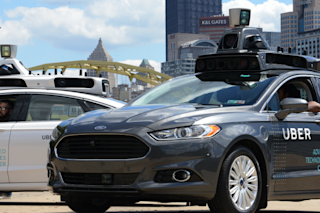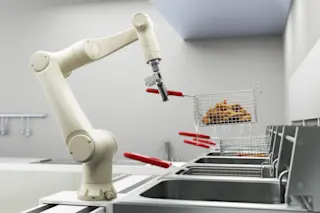Self-driving car prototypes belonging to Uber's Advanced Technologies Center. Credit: Uber It's still too early to give a definite thumbs up or thumbs down to promises of future driverless cars reducing private car ownership by acting as robot chauffeurs. But evidence from today's ride-hailing services suggests that Uber, Lyft and Waymo may only worsen traffic congestion by crowding roads with robot taxis in the near future. The latest study from the Metropolitan Area Planning Council Research in Boston found that about 42 percent of ride-hailing passengers in the survey said they would have taken public transportation if not for the ride-hailing services. That's a strong indicator that services such as Uber and Lyft actually contribute to worse road congestion as people abandon public transit for ride-hailing services. Overall, the study estimates that 15 percent of ride-hailing trips are adding cars to area roadways during morning or afternoon rush hours in ...
Ride-Hailing Congestion Dims Promise of Robot Taxis
Explore how self-driving cars may exacerbate traffic congestion through ride-hailing services, contrary to their intended efficiency.
More on Discover
Stay Curious
SubscribeTo The Magazine
Save up to 40% off the cover price when you subscribe to Discover magazine.
Subscribe













